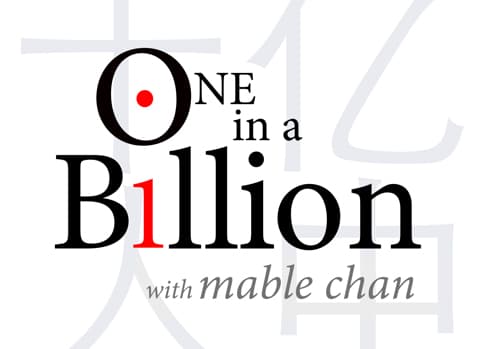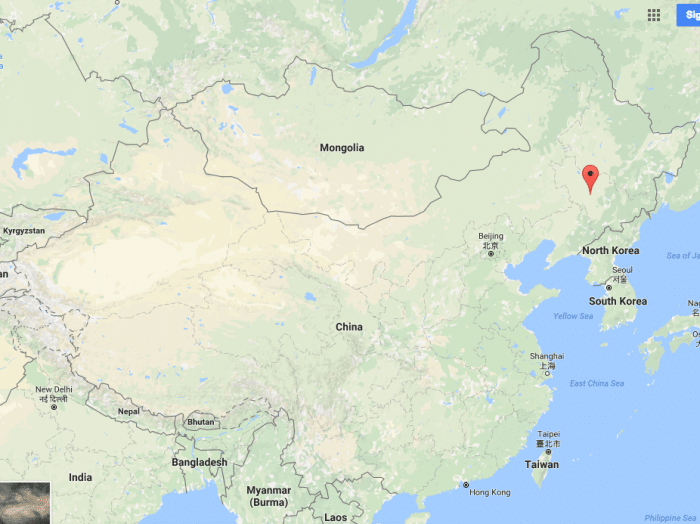When I’m asked about my hometown, the conversation usually goes like this.
American: Where are you from?
Me: China.
American: Oh cool! Which city? I’ve been to Beijing.
Me: I’m from the northeast.
American: (losing interest upon knowing that I’m not from either Beijing or Shanghai) Ok! So it’s close to Beijing?
Me: Not really, it’s 7 hours by high-speed train.
American: I see! (changes topic and a week later asks me again “what’s your city called again?”)
Singaporean: Where in China are you from?
Me: Northeastern China. It’s really cold. We get to negative 30 degrees Celsius in the winter!
Singaporean: Wah Lao! I would never dare to visit there.
Chinese person: Where are you from?
Me: Dong Bei.
Chinese person: You don’t look at a Dong Bei Ren at all! Are you from Harbin or Shenyang? I’ve been to Harbin when I was little.
Me: No, I’m from Changchun.
None of my non-Chinese friends have ever heard of Changchun before meeting me, and most cannot remember its name even after I tell them. I often just resort to “near Russia and North Korea,” which makes my city sounds far more romantic than it actually is. Even some Chinese people struggle to conjure up its position on a map.
In fact, Changchun is a regional hub, the capital of a province, and has twice as many people as Los Angeles. It’s a classic case of under-appreciated Chinese second-tier cities (It’s not great to be a Chinese second-tier city. Foreigners struggle to pronounce your name and they don’t even try when you’re not Beijing, Shanghai, Xi’an or Shenzhen).
Nevertheless, I don’t blame my friends—domestic and international—for not knowing much about Changchun. To be honest, there’s next to nothing to do here in terms of tourism. There’s a boring museum, a run-down amusement park, some very ordinary parks and gardens, and the less-than-impressive imperial palace of Manchukuo.
Pretty much every person you see on the streets of Changchun has lived there their entire lives. Foreigners are extremely rare. The first non-Chinese person I’ve ever met in real life was a tall, black man from Kenya, a Wai Jiao (foreign teacher) who taught us English classes once a week in my elementary school. At that time, foreigners were so scarce that anyone who doesn’t look Chinese could be a Wai Jiao. Today, you would still be lucky to spot one or two foreigners and pretty much only on the fashionable Guilin Road.
Nevertheless, I would say that if you visit Changchun, there is plenty to observe.
You could take the bus No. 315, whose drivers are famously reckless (They are usually faster than cars and sometimes race one another; it’s essentially a 2-yuan roller coaster ride).
Or you could take a cab, which has the jaw-dropping low starting fare: 5 yuan (less than $1); or even better, hail a cab that is already occupied and be pleasantly surprised by the results.
You could visit the Culture Square in the evening, where you can see graying grannies dancing to Chinese pop songs from the 1990s.
You could walk along the busy streets to take in ill-translated English signs on billboards and shop fronts.
You could go to a public bathhouse and get your back scraped by a professional body-scraper.
You could visit the sprawling Eurasia Mall which sells everything from Louis Vuitton bags to toilet bowls (locals believe it is the largest mall in Asia; it’s so big that the streets in it are named)
Or you could shop at the long-standing pirated DVD store that contributed so much to my English language skills, where Hollywood blockbusters sell for less than $2 a piece complete with subtitles in multiple languages.
You could eat at the restaurant “Socialist New Village” which is fashioned after the Mao-era countryside
Or you could eat at the Korean restaurant rumored to employ the daughters of powerful North Korean families.
It might just be more interesting than snapping your picture in front of the Forbidden City, trying not to take in the throngs of tourists in the background.
Moreover, Changchun, in fact, might be one of the world’s pioneering cities in shared economy. Sometimes dubbed “the Detroit of China,” Changchun’s is home to China’s first car factory. Long before Uber was even born, Changchuners have been sharing taxis. When you hail a taxi in Changchun, there is no need to see if it’s occupied or not. As long as the car is not brimming full, the cab driver will stop for you, open the car window, ask where you’re going, and make a snap judgment on whether you’re going in the same direction as the original passenger. If yes, you get in the car and negotiate a price with the driver that may as well have been lower than if you got a cab for yourself. Locals have been calling this “Pin Che” (literally ride-sharing) for years before Uber, Lyft or Didi were dreamed of.
Most of all, you can observe Dong Bei Ren (person from the northeast), a species of Chinese people that I identify with more strongly than Changchuner. We typically conflate the three provinces in northeastern China into one term, Dong Bei (the northeast). This is China’s rust belt, which has been mostly lagging behind the southern regions in terms of economic growth.
We are often called “Da Dong Bei” (Big northeast). Our people have big appetites, big hearts, big voices, a bit like Texas without the guns. Dong Bei Ren is known for being big drinkers (and unapologetically aggressive about coaxing other people into drinking with them) and easily incited for fights. In Dong Bei, the women are supposed to be manly and the men very manly. Forthcoming and honest, Dong Bei Ren often don’t make for shrewd business people like southerners do. Almost none of China’s richest people come from Dong Bei. When we’re not going out for Korean food, we eat hearty, savory meals filled with earthy vegetables and meats, and seafood is rare (I find the dainty southern Chinese food unsatisfying.) People from other parts of China have the impression that Dong Bei Ren have a higher tolerance for cold temperature, but it’s actually the opposite because we are spoiled by very well-heated houses thanks to the central heating system.
We speak Dong Bei Hua, which is not so much a dialect as a distinct accent (We think we speak the most standard Mandarin in the world, even more so than Beijingers). The rest of the country somehow burst into laughter whenever they hear it. Perhaps because of that, Dong Bei Ren are naturally humorous. We can make southerners laugh just by talking among ourselves about nothing in particular. On all the Chinese live streaming sites, the most popular hosts who rake in millions of views are often Dong Bei Ren. As one founder of such a site once explained to a newspaper, Dong Bei Ren are naturally outgoing and funny, so people enjoy watching them. Every year on the Chinese New Year Gala put up by CCTV, the most watched TV program in the country, the most popular performances are always the skits in which the actors and actresses speak in Dong Bei Hua. Things just sound funnier in it.
The people may not be as cultured, educated or sophisticated as those from Beijing, Shanghai or Shenzhen. But if I have one word, to sum up the people of Changchun and Dong Bei, it would be “authentic.”
The reality is that most people in the world live in places where there’s nothing to see, and there’s everything to see, depending on how you see it.
Read more of Zara’s blogs.



